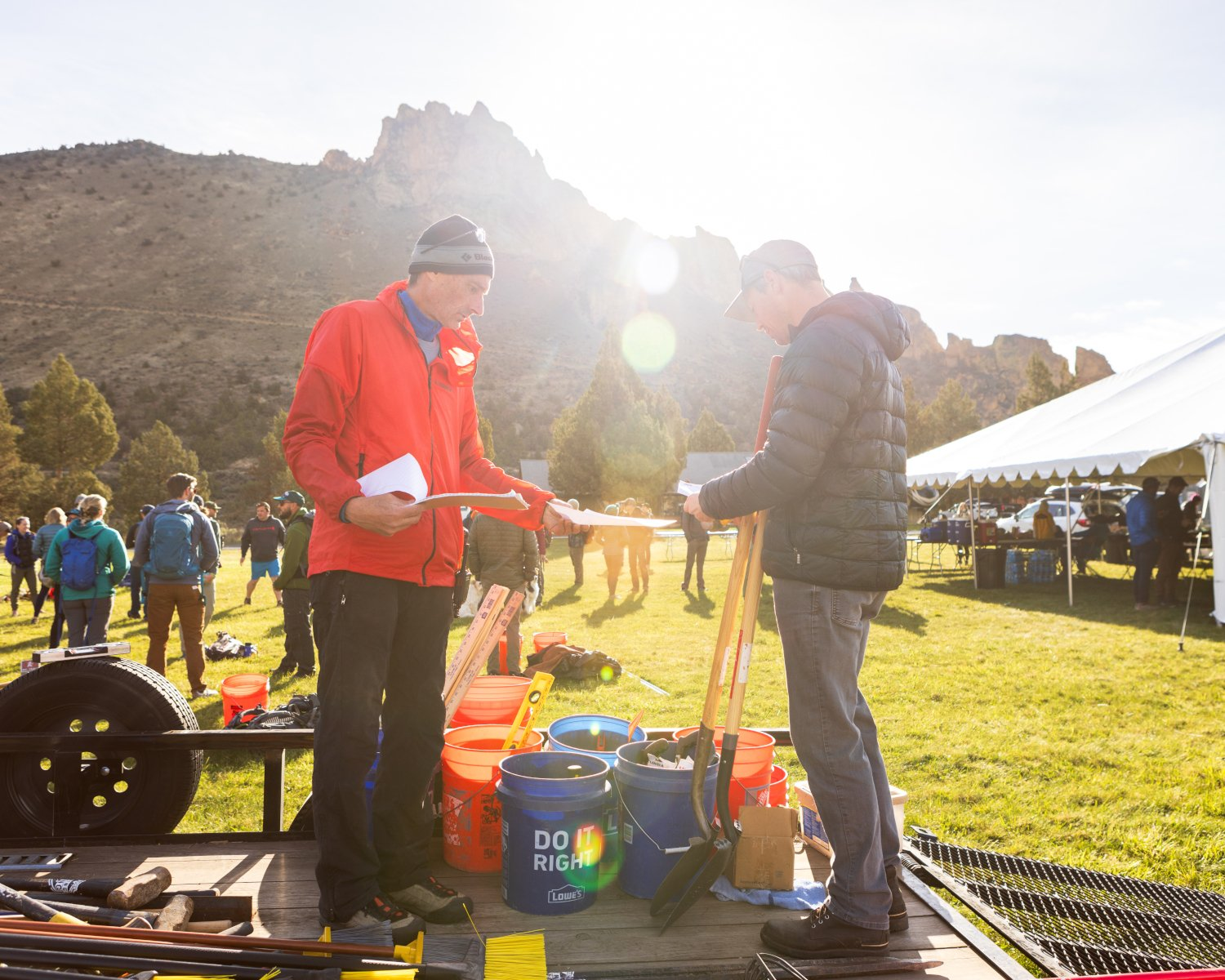Land Acquisition & Protection
Sometimes the only way to save a threatened climbing area is to buy it.
Some of our most iconic climbing areas—from the Red River Gorge to Jailhouse Rock—are located on private land. Every day, cash-ready developers swoop in and gobble up more open spaces. So when a privately owned climbing area goes up for sale, we must act quickly to ensure the landscape is not lost forever.
Index, Washington. Ancestral lands of Tulalip and Skykomish. © Irene Yee
Access Fund provides local climbing communities with loans, grants, and acquisition expertise to swiftly purchase threatened climbing areas when they go up for sale. Buying a threatened climbing area doesn’t just protect climbing access—it protects the habitat of native plants and animals, promotes climate resiliency, and gives climbers the opportunity to safeguard the land against future environmental threats.
How We Make a Difference
When an important climbing resource goes up for sale, Access Fund has a wide range of capabilities and resources to help local communities protect these at-risk properties.
Our Climbing Conservation Loan Program provides local climbing organizations and land trusts with bridge financing and transaction expertise for time-sensitive projects. With quick access to funds and expertise, locals can scoop up a threatened climbing area, then take the time they need to raise money for its long-term protection and stewardship. The Climbing Conservation Loan Program is a revolving fund—money is loaned out, repaid by the local community, and then reinvested into another threatened climbing area, allowing the Access Fund to use the same dollars to protect more land over time.
Access Fund also awards grant money to help local communities with climbing area acquisitions through the Climbing Conservation Grants Program. If you’re a local climbing advocate or conservation partner, visit our Learn page or contact us at landprotection@accessfund.org to discuss conservation opportunities.
Learn more about our land holdings or read up on our acquisitions history.




